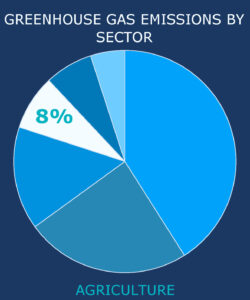In response to California’s devastating wildfires over the past several years, government and private landowners are removing excess material at risk of burning, such as dead trees and other vegetation, to create fire breaks and less dense areas that protect lives and buildings. Once cut and stacked, this material risks burning in the next fire, creating additional carbon emissions and air pollution. Yet rather than leave the waste debris on the forest floor, property owners could potentially use it to create wood products, chips and mulch, or other end uses, which can help defray the costs of wildfire treatments and offset emissions from the production of these products.
